Our family camera was kept in a sock drawer. It was brought out of the Queen Anne cupboard for family occasions during the 90s. Dad would load the film into the chamber. It would snap shut and then the automatic mechanism would whirl, setting the film in place. In my childhood this camera was for pictures of grandparents holding babies, or of myself, siblings and cousins lined up at a birthday or Christmas. They were glossy, red-eyed and often out of focus or frame. But what they captured was lively, an aunt in the middle of saying something to someone off camera. A child, impatient to run out to the backyard or to the kitchen to eat.
The further I went back into the photo albums that Mum kept the more interested I became in these family photos. A trip to the beach, my young, sun-tanned Grandfather surrounded by relatives and friends only Mum could name. Dad, dressed in the tight sports gear of the late 70s, early 80s in California. Mum wrote on the back of each photo, the date, the place and the names of those in it. An analog caption, way before the automatic stamping and hash-tagging of Facebook and Instagram.
I studied photography in high school. I experimented with SLR manual cameras, black and white film, developing prints in a darkroom. Watching the image appear from the grainy emulsion. Then I lost interest, perhaps confidence, and moved on. By the mid-2000s the family camera spent most of its time in the sock drawer in the Queen Anne. Mum had bought a small digital camera. Family occasions were captured and then loaded onto the shared i-Mac G5 that sat in the spare room and the photos shared out among folders on the hard-drive.
I went to University and then moved into share-houses firstly in Melbourne and then Sydney. A few years later I moved to London. On one trip home, I took Dad’s camera from the drawer, he loaded it with film for me. The snapping shut of the chamber produced that familiar whirling of the automatic mechanism. I took the camera back to the UK. I took photos that no longer exist, or that I never had developed. I struggled to load the film properly. I took entire rolls of the film that turned out blank, or too dark.
I bought other cameras from charity shops. Point & shoot only as I’d forgotten the basics of things like aperture and shutter speed. I liked the immediacy of pulling the camera out and firing. Not stopping to focus a lens. Simply aim and click. From the photos I kept taking in the different small film cameras I bought, I wanted the immediacy of those family pictures from the 1990s. That feeling of someone about to run out of frame, or turn back to their pint after having their picture taken. A bus about to close its doors and depart from the stop. The quick in and out from my pocket to my eye behind the viewfinder.
Dad’s camera eventually died after a liquid from a faulty battery sizzled out and destroyed the wiring. I had other cameras by then. Some working, some not. I had packets of film and negatives kept in boxes and a photo album. I scanned the ones I liked, I gave away the originals to some of the people who were in them.
I took my camera to stints where I lived in Toronto and most recently Kenya. An entire roll from a Minolta Himatic G2 I took to Canada turned out only one shot. A picture of a railway bridge in a city called Hamilton. The red of the bridge and the yellow of a hooded jumper worn by a girl sitting on it’s steps stands out against a brittle November day, and rows of pale clapboard houses. In a recent move I’ve lost this photo and can’t find it amongst my scanned shots. But I remember it’s vibrancy, of getting the driver to slow down so I could slide out of the minivan to take the shot and then jump back in.
I’m now back in the UK, as the lockdown from the COVID-19 pandemic continues. My album and boxes of prints are still in storage, which I can’t get to until restrictions lift. But I’ve been going through the images I’d scanned and saved. Collating and remembering, creating a digital album of sorts. I’ve been cataloging each, saving names, places and dates in digital form.
I read something recently about people being drawn to look through old photos at this time, posting them to social media. I get it. It is hard to accept how different our lives are now from that photo at a birthday party, after work drinks, on holiday. How close we stood to others in those pictures, how easy we could fly to somewhere else, or even just travel within our own cities. Now our worlds are smaller, they may exist only a couple of blocks to the park and the supermarket. I’ve enjoyed going back through my film photos from the last few years. They are static, unmoving, but a window into such a casually available freedom that seems strange to think of now.
Here are 5 of my favourites:
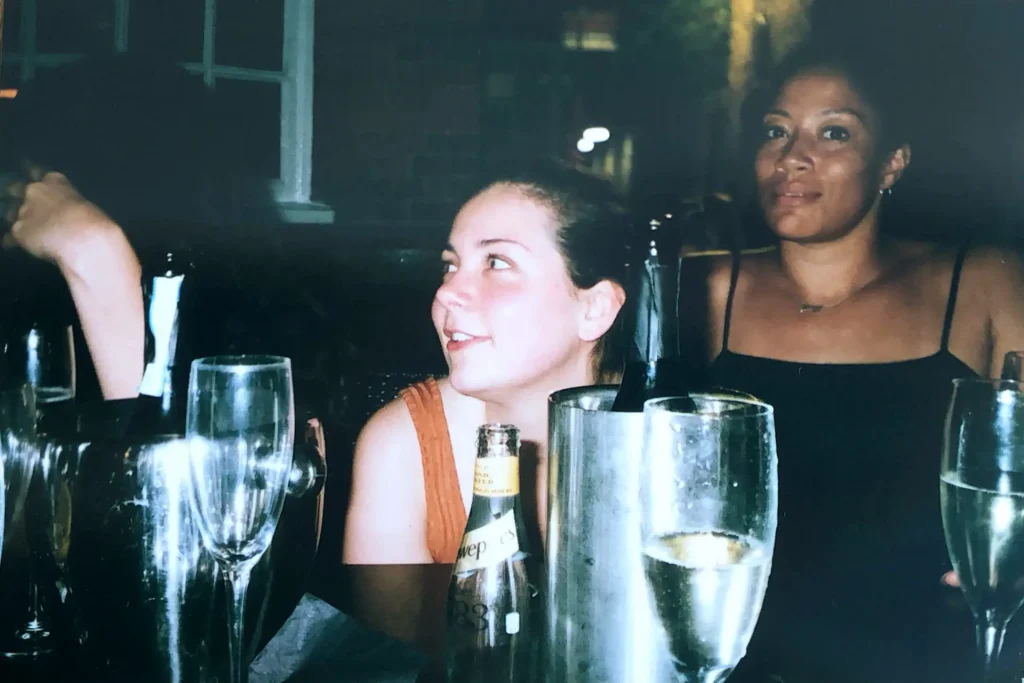
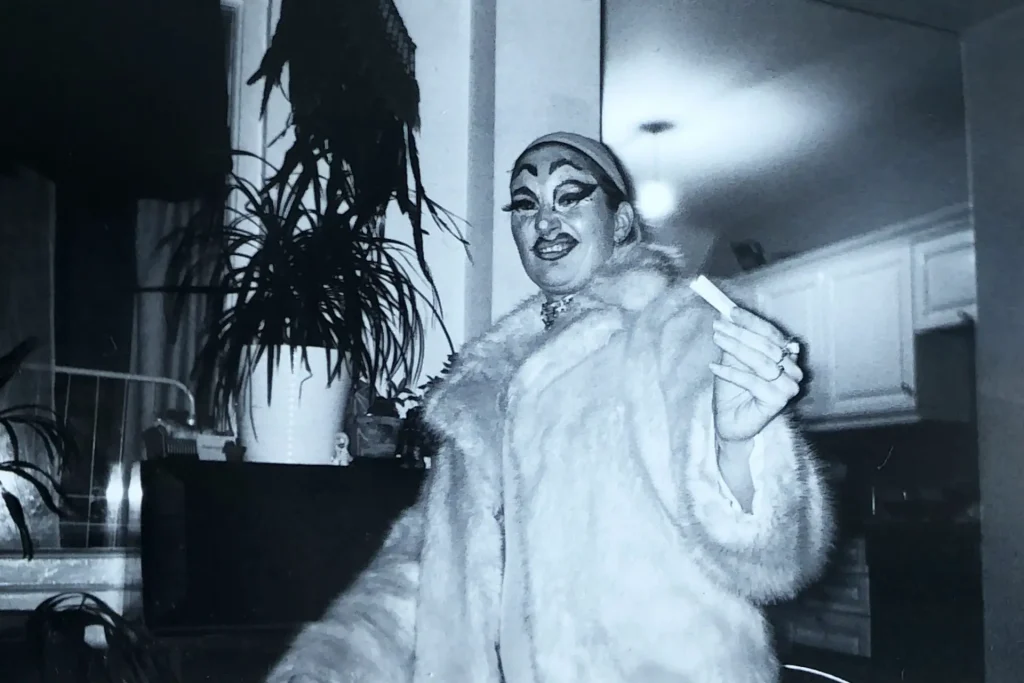
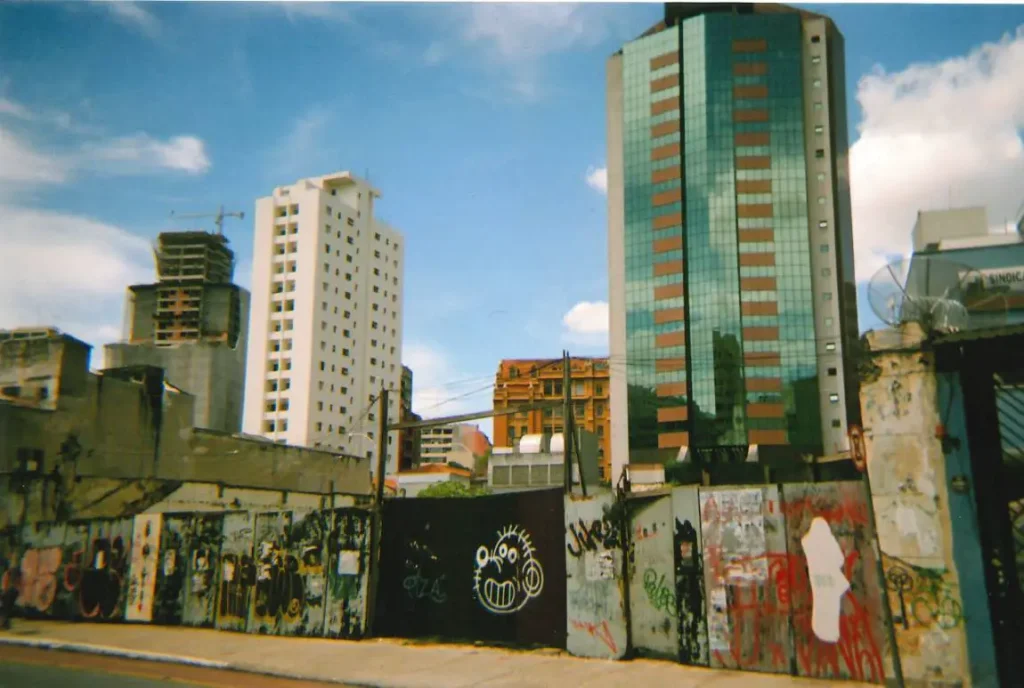
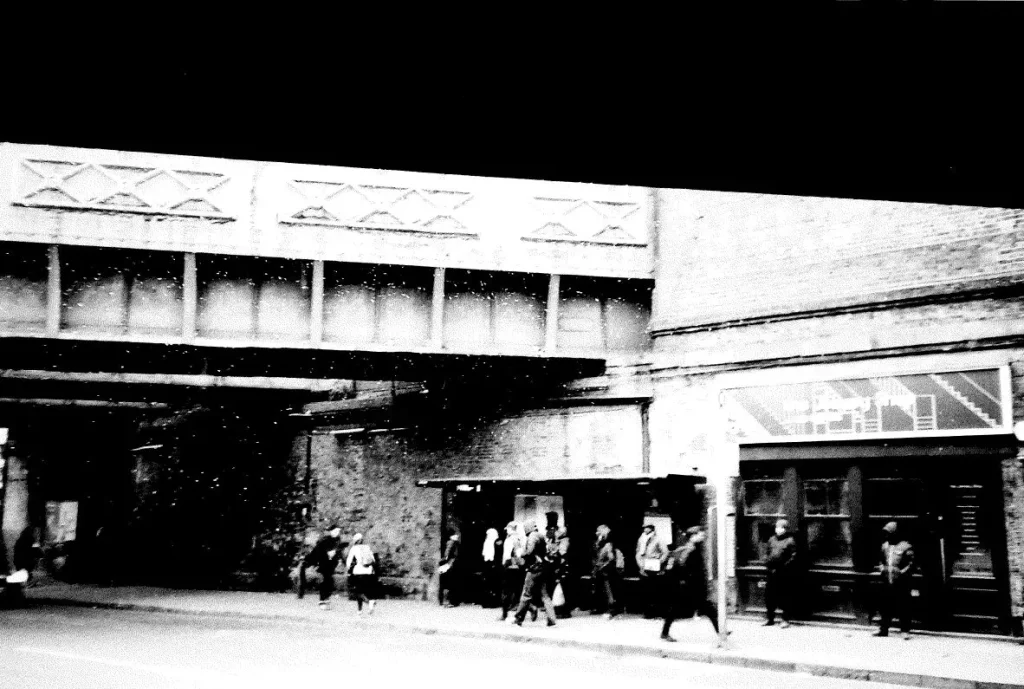
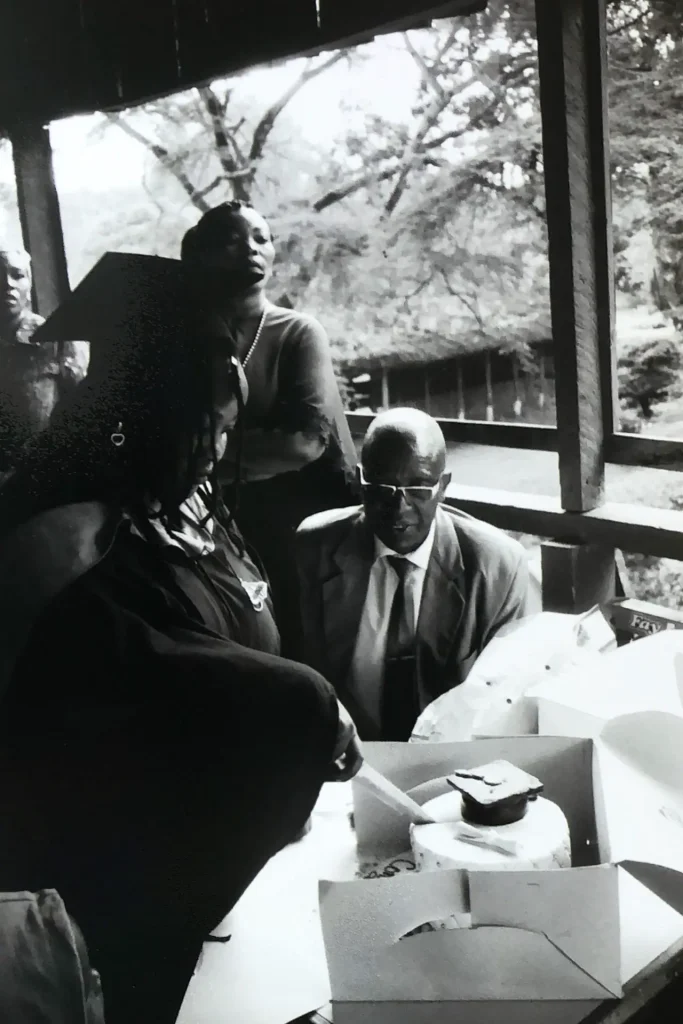
More of my photos in 35mm are collected here (@lime_in35mm). My 2020 lockdown photo album.
Share this post:
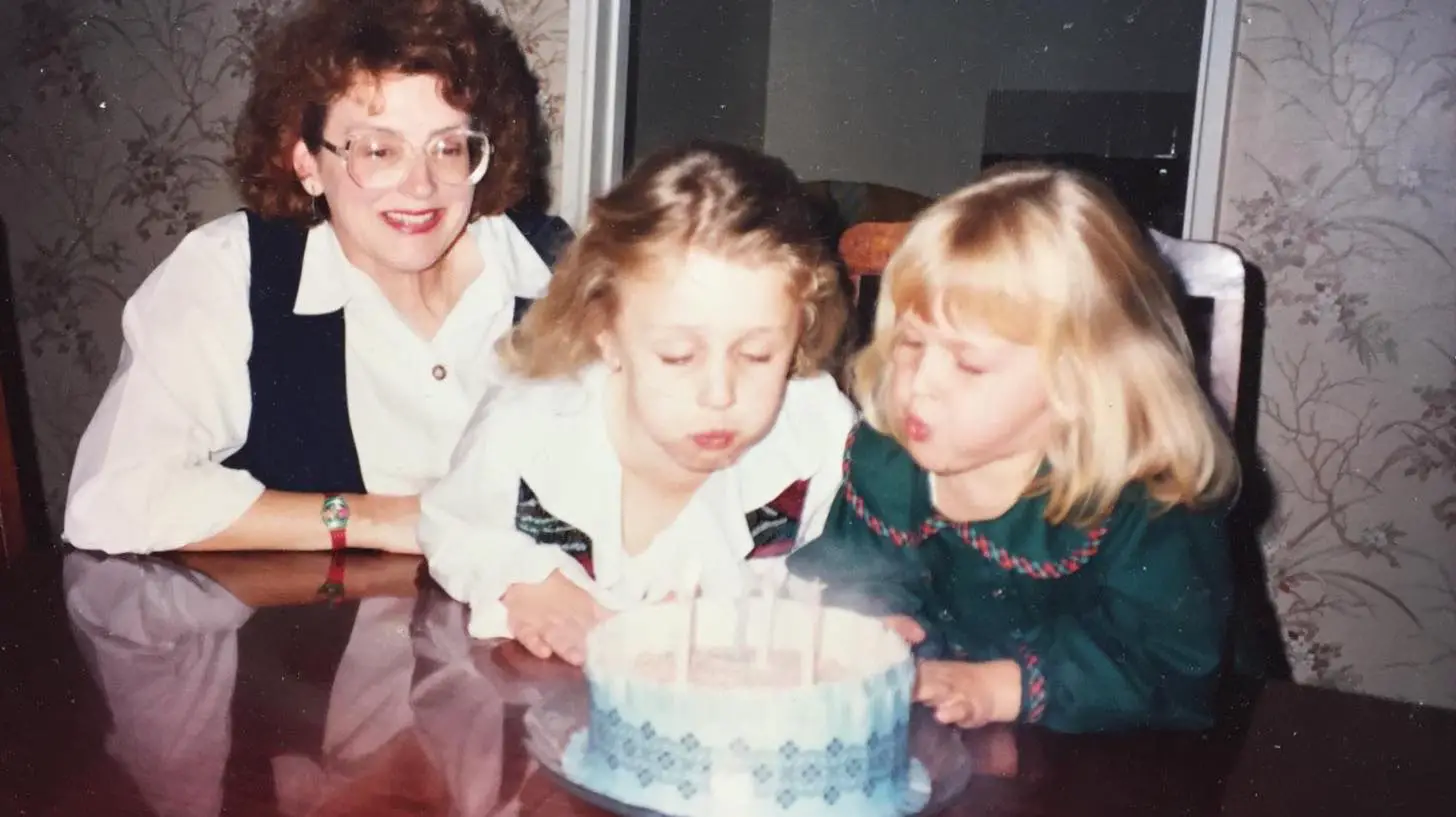








Comments
Mark C S on 35mm in the Time of Coronavirus – By Steph Powell
Comment posted: 10/05/2020
Its amazing what a seaming insignificant image is to one person, can be so important to another.
I am a cronic snapper, and recently google photo-ed our family images from (1999 one or two) 2004-2020.
Now whole rafts of family and friends can see what I saw at the time.
Thanks for sharing.
Comment posted: 10/05/2020
Roger B on 35mm in the Time of Coronavirus – By Steph Powell
Comment posted: 10/05/2020
Comment posted: 10/05/2020
Nick Lyle on 35mm in the Time of Coronavirus – By Steph Powell
Comment posted: 11/05/2020
Comment posted: 11/05/2020